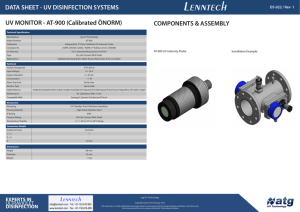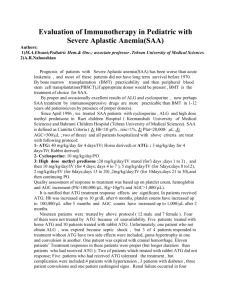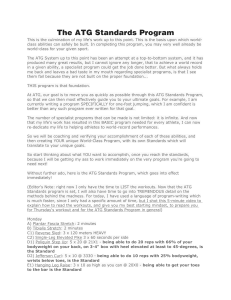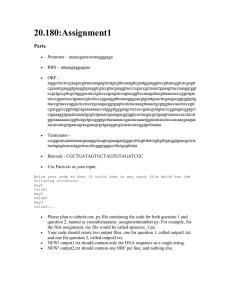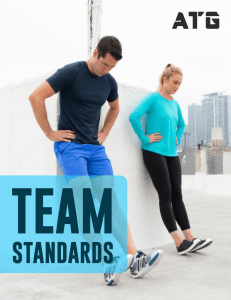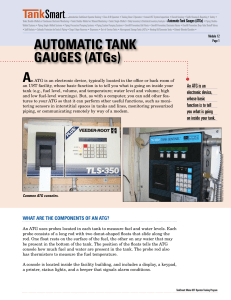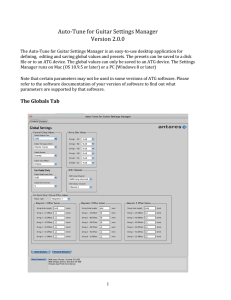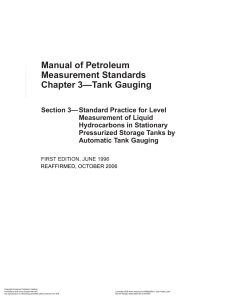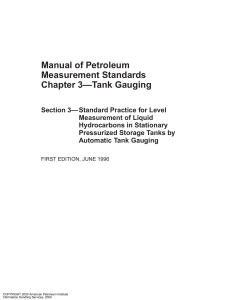Discovery process Designing the User Experience This is a process of definition:
advertisement
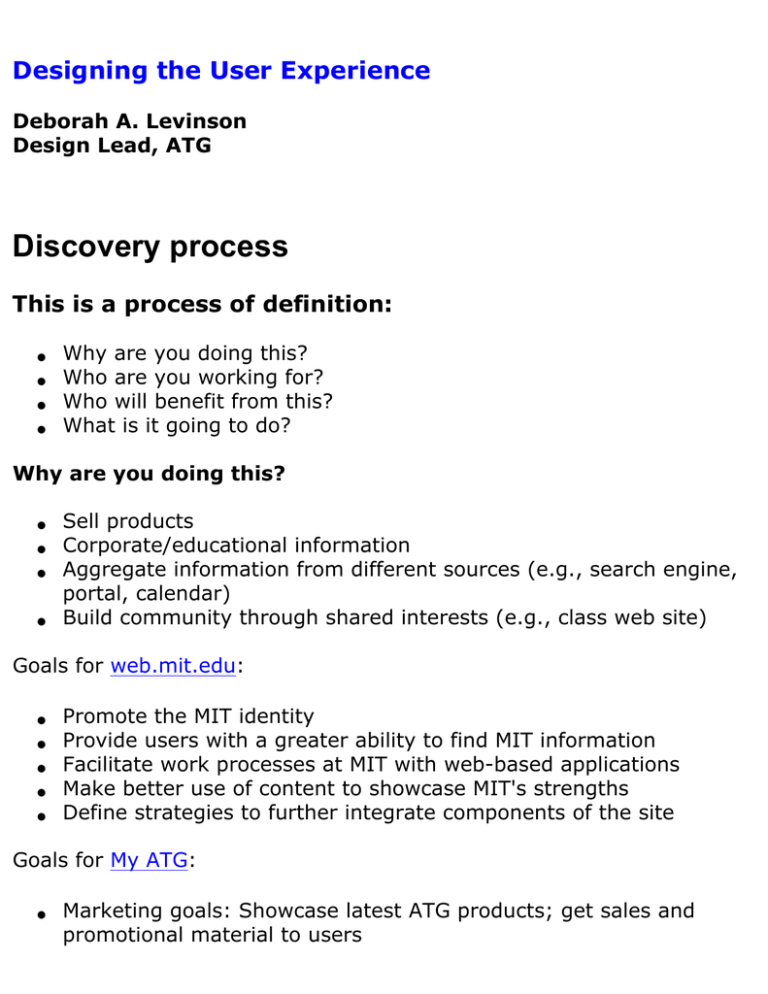
Designing the User Experience Deborah A. Levinson Design Lead, ATG Discovery process This is a process of definition: ● ● ● ● Why are you doing this? Who are you working for? Who will benefit from this? What is it going to do? Why are you doing this? ● ● ● ● Sell products Corporate/educational information Aggregate information from different sources (e.g., search engine, portal, calendar) Build community through shared interests (e.g., class web site) Goals for web.mit.edu: ● ● ● ● ● Promote the MIT identity Provide users with a greater ability to find MIT information Facilitate work processes at MIT with web-based applications Make better use of content to showcase MIT's strengths Define strategies to further integrate components of the site Goals for My ATG: ● Marketing goals: Showcase latest ATG products; get sales and promotional material to users ● ● Support the developer community (build grassroots) Meet user demand: customization/personalization; targeted information; online technical support Who are you working for? May have one or more clients, some with competing needs Don’t confuse client with audience (person paying for site is not necessarily audience) Who will benefit from this? Defining an audience: ● ● ● ● ● ● ● ● ● Adults Children Teenagers Students Faculty Employees Customers Investors All of the above? Other demographics: ● ● ● ● ● Gender Education level Profession Computer/web literacy Locale Primary vs. secondary audiences Primary audience needs to visit site, will gain direct benefit Secondary audience is more casual If you've defined need clearly, audience may be apparent: Need: admissions guidelines for a school Audience: prospective undergraduates Need: people with little knowledge of the area want to find out about local restaurants, entertainment, etc. Audience: "lazy college students" Need: in-depth technical product information Audience: engineers and system administrators Needs of the primary audience helps define content and functions. Always try to look at it from visitor's point of view - how do they solve problems? Identifying audience needs sometimes leads to other features ... For example, an online registration site must have ● ● course catalogue, and also ... private/secure transactions Think about what users want now versus what they want later ● ● visual design for ATG Developer Network strong information architecture Focus groups can narrow down audience and site needs. What is it going to do? Easy to get caught up in whiz-bang technology without thinking about why the site is there in the first place (example: MOMA Workspheres) What questions would users bring to the site, in the hope of finding an answer? Make a list of questions: How do I ... Where would I ... Who's in charge of ... Use active verbs: For example, "the student will find the hours the pool is open," or "the user will purchase and download" an article. Later, use these questions to test the navigation and functions. Site development and tools If you and your client don't know what users want ... find out! ● ● ● ● ● surveys focus groups competitive analysis (careful!) observation anecdotal data How should you communicate with your users? Key messages: "Elevator speech" What is the metaphor for the site? ● ● ● Define the feeling of your site using abstract language, to define qualities as opposed to features. List some adjectives describing the design. How do you want the audience/users to feel? Good content and solid information architecture are key What makes up info architecture? ● Identifying content (existing and to be written) ● ● Identifying categories of information Mapping content/categories into physical site structure ❍ http://www.foo.com/career/salary/ ❍ http://www.foo.com/career/salary/computer-programming/ ❍ http://www.foo.com/career/salary/engineering/) Without info architecture, users won’t be able to navigate efficiently, or may never find what they’re looking for Examples: ● ● ● ● Smithsonian Institution Department of Defense ESD Apple Computer What tools should you use for design? ● ● ● ● ● ● site maps flowcharts scenarios use cases prototypes most important - feature spec Site maps and charting user experience (literally): many ways to develop them - sticky notes, doodling on paper, white board Flowchart is good way of showing levels of site ● ● ● MLK web site Office of Sponsored Programs Boston Modern Orchestra Project Represent basic assumptions with bullet points (pages or concepts) Can map specific paths in more detail if you need to later: ● ● old ATG software download process current ATG software download process Keep parts of planning process in mind while working on map: ● ● ● ● ● Audience Different paths for different viewers? Too many or too few categories of information? Hierarchy? Flow natural, from general to specific? You do NOT have to get it right the first time. Strong information architecture + flexible UI/visual design= site design built for growth! Scenarios tell your users' stories ● See The Inmates are Running the Asylum (Alan Cooper) for examples Use cases describe system interactions ● ● Good for complex, branched user-system transactions, e.g., ATM Poor for understanding how users think - scenarios better Prototypes give you flexibility ● ● Paper sketches Lightweight HTML Bring it all together with a feature spec ● ● ATG Knowledge Base feature spec (long) Event materials distribution feature spec (short)
